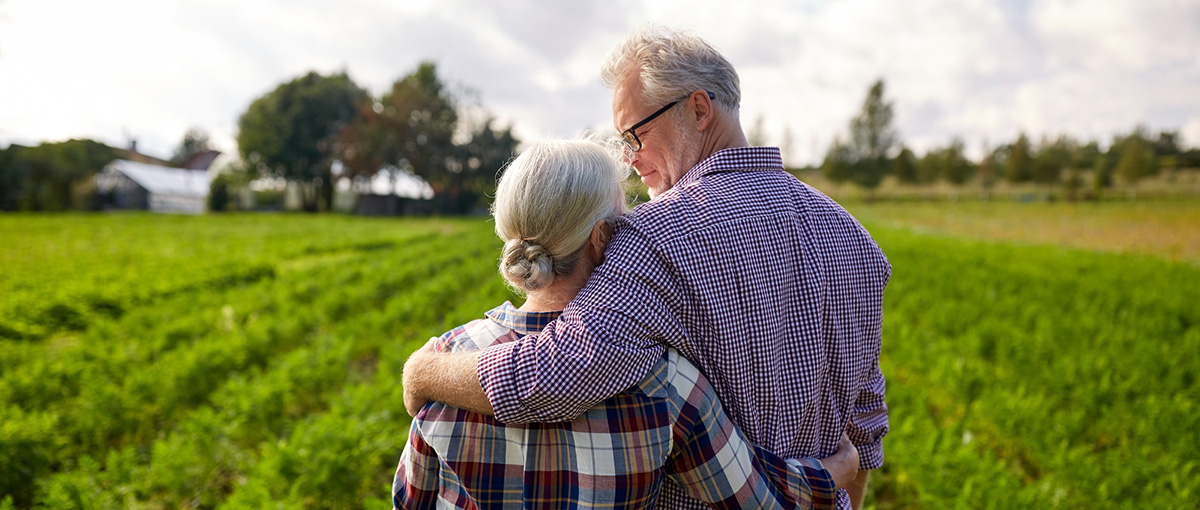MAY 2021 UMASH is an interdisciplinary organization spanning five states and at least five industries (i.e., agriculture, public health, veterinary medicine,
There are more older workers in agriculture than in any other industry, with 1 in 3 U.S. farmers over 65 years old. The impacts of aging can make the hazardous environment of agricultural work even more dangerous.
Together with our farm safety partners, UMASH has been encouraging conversation and supporting projects that address the safety and well-being of farmers as they age.
In 2020, UMASH hosted two regional forums to engage community members, human service and health related organizations seeking input on questions like: How as a community can we support the health and safety of aging farmers, and farm families? What are the challenges and opportunities?
To build upon the ideas generated in the community forums, UMASH invited partnership proposals that would address forum themes and build partnerships in the region to respond to the needs. Four proposals were selected to partner with UMASH. The projects, as well as their activities and outcomes, generated innovative solutions and important insights about healthy and safe aging on the farm.
Aging on the Farm Videos
Partner Projects
PROJECT LEAD
Kristen Pickett, PhD
Assistant Professor in Occupational Therapy
University of Wisconsin
There are an estimated 15,000 Wisconsin residents and 13,000 Minnesota residents living with Parkinson’s Disease (PD) which is the nation’s second most common neurodegenerative disease. Most people who are diagnosed with PD are age 60 or over. While there are many drugs that help to control the symptoms of PD, exercise is the only known intervention to slow the progression of its symptoms.
Access to quality and affordable exercise opportunities has historically been limited in rural areas. The COVID-19 pandemic has exacerbated this lack of access.
The specific aims of this project are to:
- Create a toolkit to support in-home physical activity and meaningful movement to promote engagement and stimulation for rural dwelling individuals with Parkinson disease and their family caregiver.
- Provide a meaningful and replicable client centered experience that allows for improved physical and mental wellbeing, as measured via self-assessment surveys.
PROJECT LEADS
Ranet Schmeichel
President
Big Stone Area Memory Loss Connection
Jocelyn Schowalter
Volunteer
Big Stone Area Memory Loss Connection
Big Stone County is an agricultural, very rural area in Western Minnesota. Many of the approximately 400 family farms are owned and operated by farmers over the age of 55 and twenty four percent of the county’s population is over 65 years of age.
Big Stone County Memory Loss Connection (BSCMLC) is a 50l(c)(3) volunteer group created to support professionals, caregivers and individuals experiencing memory loss and dementia with education and assistance. The overall goal of BSCMLC is to assist older farmers remain in the community and on the farmstead being as active in their normal lives for as long as is safely possible.
The specific aims of the project are to:
- Provide professional dementia training for local physicians on the benefit of making a dementia diagnosis and the services that are available to patients and their caregivers.
- Provide virtual dementia training to help businesses and residents better understand the physical and mental challenges of those individuals with memory loss.
- Provide with Big Stone Therapies resources to deliver an occupational and physical therapy program specific to farmers.
PROJECT LEADS
JD Haas, JD, MDiv
Pastor
United Church of Christ- Zumbrota
Jenifer Monroe, MA, MPH
Executive Director
The Normandale Center for Healing and Wholeness
Statewide population trends reflect that the number of adults in their 60’s in Minnesota will double by 2030, and those over 85 will grow by 61%. Aging farmers face a significant barrier to health and safety in a profession that requires stamina and strength.
Our project will collect information from Goodhue county(MN) farmers over 60 to identify barriers to healthy aging and caregiving via a faith-based community leadership team. This team will facilitate outreach, conduct individual and community focus groups, deliver virtual caregiver services, and host a series of community events to keep residents informed.
The specific aims of the project are to:
- Build a foundational partnership among various small rural faith communities
- Identify barriers to accessing existing services through a series of individual surveys and focus groups.
- Identify best practices to communicate opportunities and information with aging farmers, their caregivers, and farm communities.
- Offer virtual caregiver supportive services including Powerful Tools for Caregivers workshop and care consultations.
- Report back to the community to share findings on improving the quality of life and health outcomes of aging farmers and their caregivers.
PROJECT LEADS
Tamara Vos-Draper, PhD, OTR/L, ATP/SMS
Assistant Professor in Occupational Therapy
University of Minnesota
Maria Serbus, OT/L
Owner, founder at Grounded Evolution occupational therapy wellness services
Individuals living in agricultural communities have sparse access to aging-in-place resources to help them adapt to adverse changes in physical or neurological health. Adverse changes may occur in the following functions: vision, hearing, sensation, balance, memory, strength, endurance, or activity tolerance. Participation and engagement in one’s desired life roles are most often negatively impacted by these adverse age-related changes.
The specific aims of the project are to:
- Develop and provide a unique OT telehealth clinical practice that addresses the aging-in-place needs of individuals in agricultural communities and their families.
- Create and deliver a series of webinars about strategies for successful aging-in-place, designed by OT faculty and students, that can be accessed on-demand.
The project provides a number of innovative approaches which are mutually beneficial to the agricultural community and the project team. Examples include:
- Collaboration between OT faculty, OT students, and a community-based rehabilitation provider which brings experience and fresh perspectives for addressing the needs in the community.
- OT students will learn about the unique needs and challenges facing individuals in agricultural communities, the resources available and understand the barriers to the rural community accessing traditional health care services.
- This knowledge will translate to well-informed future practitioners for OTs serving in rural areas.
- Telehealth and webinar-based delivery is planned to reach more individuals.
RELATED NEWS

SPOTLIGHT: UMASH is About the People & the Partnerships
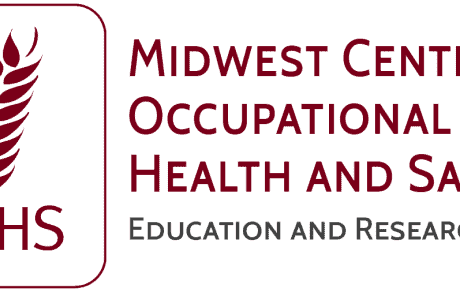
Parkinson’s Disease and Aging in Agriculture
APRIL 2021 Parkinson’s disease impacts over one million people living in the United States, and rural or agricultural communities may encounter challenges

Aging on the Farm: Listening to North Dakota and Minnesota Communities
JULY 2020 On June 30th, UMASH hosted a community forum for the eastern North Dakota and northwest Minnesota region. This was the second of two community

First Online Community Forum a Success
JUNE 2020 On June 15, UMASH hosted a community forum for the western Wisconsin/eastern Minnesota region. The focus was aging on the farm, an important
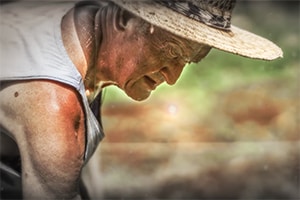
SPOTLIGHT: How Old is Old? Aging in Agriculture
JUNE 2020 How old is old? Depending on who you ask, you may get a number of answers. 45? 55? 65? Is it when you are eligible for senior discounts, safe
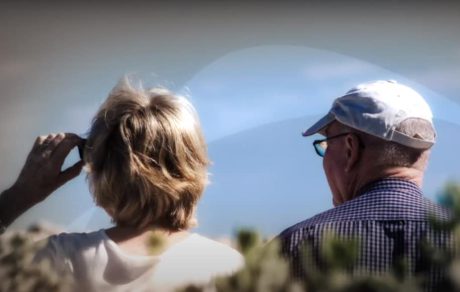
SPOTLIGHT: Aging is a Public Health Issue
JUNE 2020 The United States and many communities around the world are “growing older.” With the changes in demographics today and in the future, aging
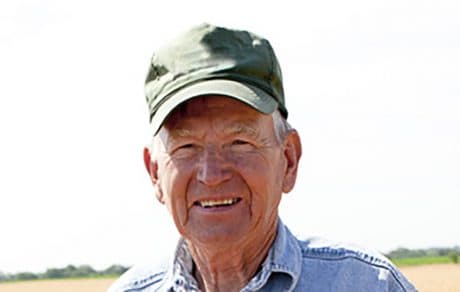
SPOTLIGHT: Aging on the Farm – A Community Forum
JUNE 2020 Aging is part of life and if Benjamin Franklin had his way, none of us would grow old. But we do and with aging comes many changes – physiologically,

NORA Online Symposium: Creating an Age-Friendly Workplace
MAY 2020 With age comes wisdom but also an increased risk of injury. Creating an age-friendly workplace was the focus of this year’s National Occupational

What Are Your Top Health & Safety Concerns for Aging Farmers? We’d Like to Know.
APRIL 2020 The average age of U.S. farmers is approaching 60 years old, making farmers vulnerable to health and safety risks. No matter your age or occupation,

